3 Women Ecommerce Founders that can Teach You How to Build a Successful Business
We know Birchbox is awesome. ClassPass is disrupting the fitness sector. There are more and more women-run startups and companies cropping up these days, and I couldn’t be more excited.
As a woman interested in and inspired by tech, it’s exciting to see women founders realizing their dreams and managing scaling companies. There are many women founders who are running extremely successful online businesses that are just as successful as the Birchboxes of the world. And they’ve got some pretty great products, too.
In this post, I want to highlight 3 women founders who’ve done a tremendous job with their ecommerce businesses. Each brand sells products in very different spaces, and one is a personal favorite of mine (if you’re a runner you will know which one). I will discuss a major strength of each of these companies, and relate that strength to their overall success.
Let’s meet these founders, and dissect what makes their online stores so successful:
Susan Tynan, Founder & CEO of Framebridge
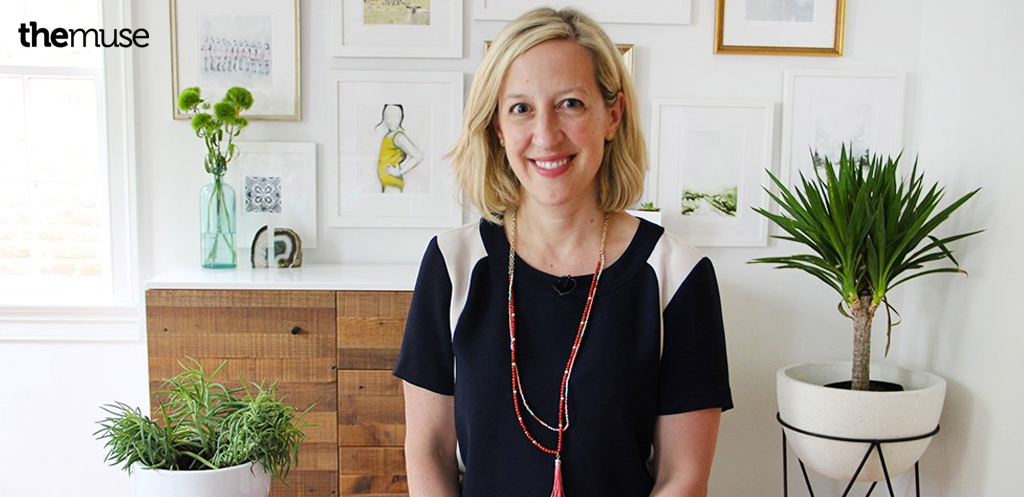
Susan Tynan is the Founder and CEO of Framebridge, a company designed to make custom picture framing beautiful, easy, and affordable.
Prior to founding Framebridge, Tynan was the Head of Business Development and a General Manager at LivingSocial. While there, she launched and managed three business lines, including the home services business which coincidentally featured lots of framing deals. (source)
With previous stints in other startups, Tynan was well-groomed to launch her own company. During a vacation, Tynan purchased 4 posters that ran her about $25 each. According to the Wall Street Journal, she discovered that each of the posters cost $400 to professionally frame. She left her framing experience feeling intimidated, pressured, and unhappy with the overall cost.
“It cost more than my couch, and I thought there’s got to be a better way.”
This observation, in combination with Tynan’s painful experience, led her to develop Framebridge’s strongest feature: its business model.
Framebridge’s Strength: Business Model
As we’ve written about before, a disruptive product opens up an ecommerce market that wasn’t previously being served by offering a simpler, more accessible, or more convenient option. Tynan came to this exact conclusion about the custom framing industry. She saw it as an outdated industry in need of a better solution, and wondered why no one had taken action.

Tynan says that the framing industry hasn’t seen any disruption today because of two things: design and inaction. “People probably thought you couldn’t visually communicate the design aspect. We have both our design tools and in-house design team. People may have thought that was too hard to translate online. And people probably just missed the business opportunity. It’s such a spread-out industry, so I think people didn’t understand what a large opportunity it was.”
The opportunity was large, and Tynan succeeded in modeling Framebridge in a disruptive way: The business plan capitalizes on the inefficiencies of long-standing brick-and-mortar stores which purchase their materials only after customers place an order, and then rely on distributors to cut materials into pieces. (source) Add to this the cost of paying retail staff to man the store (even when no customers are present), and the inefficiencies are clear.
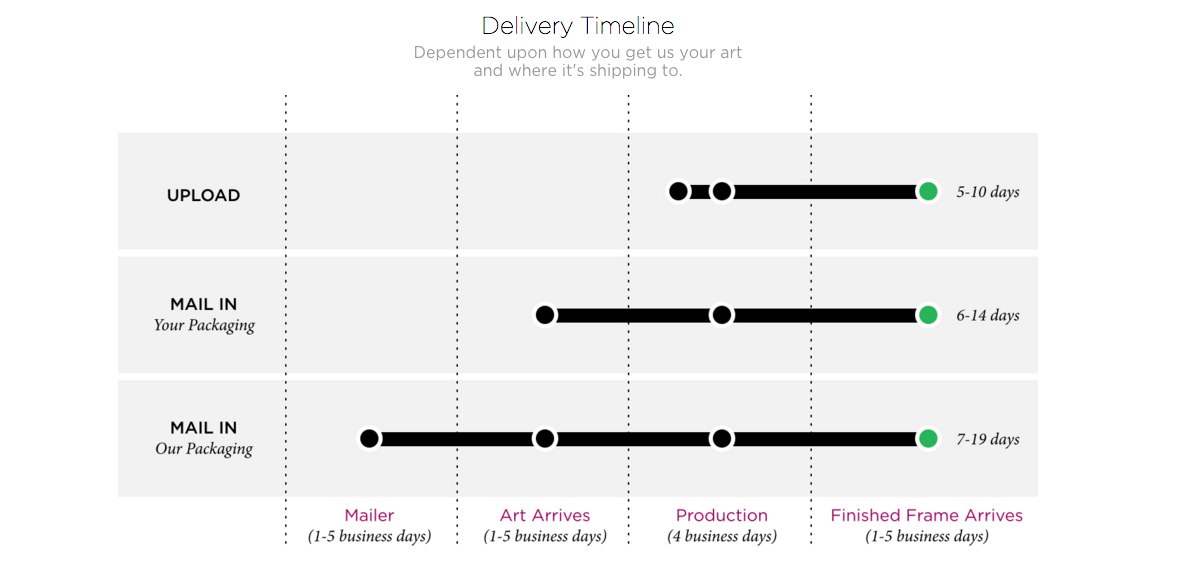
Framebridge takes the cost structure of custom framing and approaches it by thwarting this traditional “build the frame when it’s ordered” model. Tynan chose to plan for purchasing frames up-front and in bulk in order to eliminate the majority of the assembly process, as well as to reduce costs. That’s why you can order a Framebridge frame starting as low as $39. Any Michael’s or Hobby Lobby employee would gasp!
Couple this with a well-designed web application and mobile app, and you see why the company is making such a stir. Since their launch in August 2014, Framebridge has raised $11.4 million in three rounds, most recently a $7.7 million Series A round in June of 2015. (Crunchbase).
They plan to use this money to:
- Build a larger production facility in Lanham, where the company is headquartered, and set up a new facility on the West Coast.
- “Doubling down on digital products,” in Tynan’s words, mainly by expanding the offerings from the app and website. She couldn’t give many specifics as to what this would entail, but the company is making hires in their design, engineering, and production departments.
- A big marketing push, including “experiential marketing,” according to Tynan. That means marketing directly to local artistic communities, which provides a portion of the company’s business. (source)
I’m excited to see where Tynan takes the company. I like her vision and tenacity in building something, and being pushed to excel by her peers at Harvard. “You can be intimidated by being in a community of people with so much energy and doing so many interesting things, but it spurred me on” (paraphrased from this podcast). It seems like Tynan’s competitive nature is paying off, as Framebridge is on track to generate more than $3 million in annual revenue for 2015.
You can be intimidated by successful peers, but it spurred me on @susanrtynanKeep up with Framebridge on Twitter and follow Tynan, too, to get updates and keep tabs on her collaborations with fellow Clevelander, LeBron.
Ayah Bdeir, Founder & CEO of littleBits
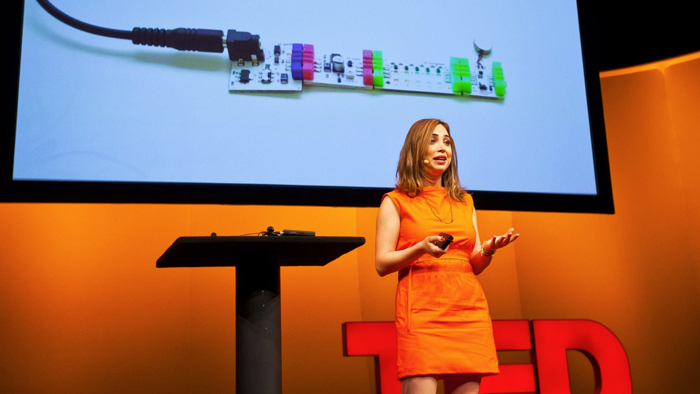
Ayah Bdeir is the founder, inventor, and CEO of littleBits, an award-winning platform of easy-to-use electronic building blocks that is empowering everyone to create inventions, large and small. Think of the product like electronic Legos: You can create anything from a remote-control car to an SMS doorbell for your home.
Bdeir is an engineer, interactive artist, and one of the leaders of the Open Source Hardware movement. She started littleBits as a prototype as a fellow at the Art and Technology Lab in New York, Eyebeam. Bdeir made some prototypes and put them up on her website. Next thing she knew, she had orders coming in from all over the world. (source)
So she began to obsess. How could she make electronic hardware accessible and modular? Three years after her initial prototype, Bdeir had a product and littleBits™ was born.
littleBits Strength: Product
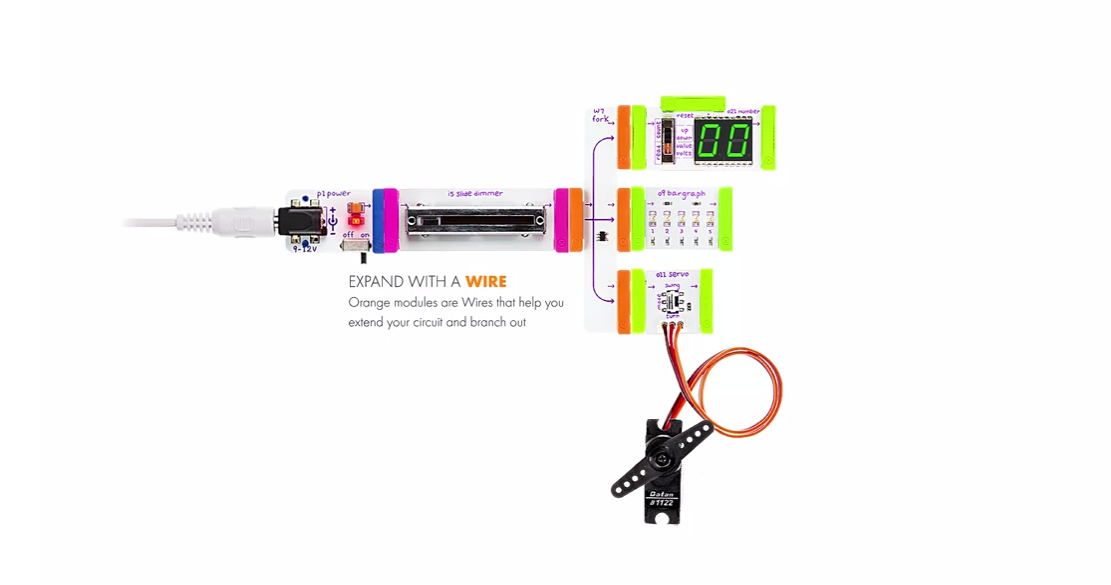
littleBits™ launched in 2011 empowering everyone to create inventions: adults and children, men and women, boys and girls,. Just as LEGO revolutionized playing by allowing you to create complex structures with very little engineering knowledge, littleBits are simple, intuitive, modular blocks that make inventing with sophisticated electronics a matter of snapping small magnets together. After putting the first product out on December 7, 2011, they sold out within two weeks.
Why was it so successful from the beginning?
Obviously, you have to credit Bdeir’s patience and thorough product development. But more important than that, she had a powerful realization as a founder:
“We spend more than 11 hours with electronic devices every single day, but most of us don’t know how they work, or how to make our own.”
Because Bdeir was passionate about making a product available for others to invent, create, and problem-solve, she was able to create a good product. As a startup founder, if you don’t adhere to your original mission and get sidetracked, chances are your startup will fail. I believe the success of littleBits™ stems from a solid mission and a disciplined founder.
It’s clear that Bdeir knows what she’s doing. As she began seeking funding she experienced a bit of hesitancy from investors, who were more keen to invest in software companies. Software startups are generally more attractive for investors in comparison to hardware startups, because of their ability to scale overnight. In hardware, that’s unlikely to happen as it’s more of a strong-and-steady game. Bdeir says, “The thing that people forget is that hardware has figured out its shit. You don’t have to invent a business model in hardware, you make a product, and you sell it for more than you made it and then you keep the money, you know?”
In comparison to software, hardware has figured out its shit @ayahbdeirlittleBits™ has raised $62.34M in 5 Rounds, with the most recent being $46.74M Series B in July of this year. (source) They have been keeping their numbers under wraps, but their littleBits’s revenue has grown three to four times annually since the company’s founding, and it has sold “millions of units over a hundred countries.” (source)
Bdeir’s business is all about having a good product, and it shows. littleBits™ has been called “LEGOs for the iPad Generation”, and was named by CNN as one of 10 Startups to watch in 2013. Its products have won more than 25 tech and education awards, including Fast Company’s Innovation by Design Award, IDEA Gold Award, Parents’ Choice Gold Award, Popular Science Best of Toyfair, Good Housekeepings Best Toy Award, and multiple Makerfaire Educator’s Choice and Editor’s Choice Awards. (source)
What I’m excited to see from this company is where they go next. Bdeir said that their company first focused on the word “everyone” – now that they’ve proved there’s a market and they have repeat customers, littleBits next focus word is “power”.
You can keep up with littleBits on Twitter, follow Ayah for open source inspiration, and check out her TED talk here.
Sally Bergesen, Founder & CEO of Oiselle
And now for my favorite…
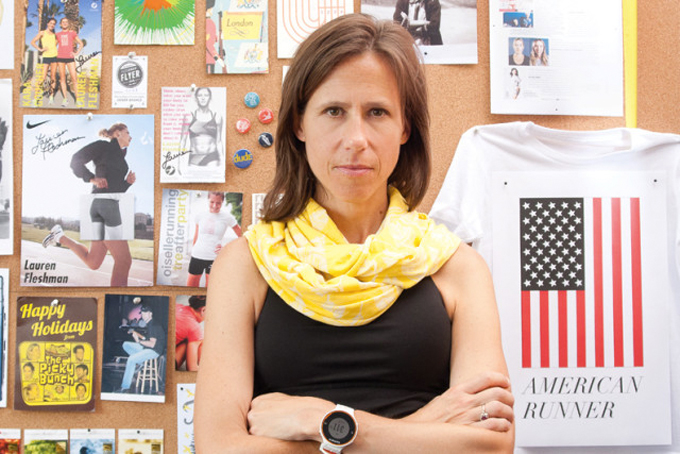
After two kids and six years of “just running,” Sally was ready to train and race again. But a quick trip to the running store to buy new shorts ended in disappointment. Too poofy, too baggy, too high-waisted, and all wrong in the color department. This spurred the creation of Oiselle.
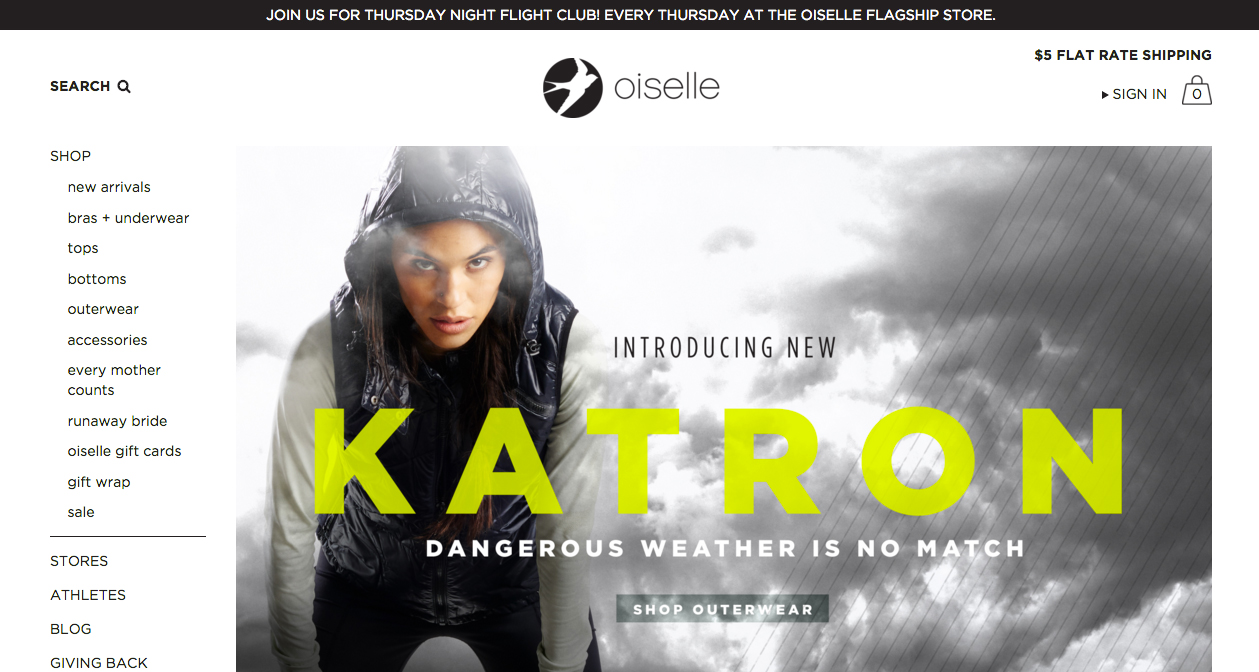
In the large world of athletic apparel, Sally has created a company with a fierce drive and passion for the woman athlete. The design, quality, and manufacturing of her products comes from her sincere desire to improve the running experience for women of all ages and athletic abilities. Sally is helping to redefine professional running by using social media as the platform for promoting creativity in running, recreationally or professionally. She disrupts with a boots-on-the-ground method, rather than trying to compete with the “big guys” in advertising. The actual product – women’s running clothes that fit, flatter, and perform for both off-the-couch 5K’ers and elite runners is a first. (source)
From my perspective, I think the strongest part of Oiselle is the community they’ve built. With an apparel ecommerce business, there’s really only one way to build a good community: effective marketing. From the top down, Oiselle drives a genuine and effective marketing campaign based off of real relationships. Let’s take a deeper look.
Oiselle’s Strength: Marketing Strategy
Founded on the idea that running is therapy, escape, religion, and girl time, Oiselle has come to represent a strong woman runner grounded in the idea of community. Their marketing strategy reflects this in everything from their social media presence to the inspiring Manifesto print booklet created for their recent store launch. By focusing their messaging around their belief in a strong community, Oiselle is essentially adhering to a strict “sniff test” – something we’ve developed for our own company here at Blue Stout and check before we publish any single marketing piece – from a tweet to an entire blog post.

Staying true to their “community” manifesto, Oiselle has secured some influential women to be associated with the brand. In 2013, professional runner Lauren Fleshman joined Oiselle as a partner. Bringing on a star runner helped boost the brand immediately. With 41.9K Twitter followers, Fleshman has a huge audience that is largely made up of Oiselle’s target demographic. She’s an authority in the space and when influential people speak, people listen.
In the “The Tipping Point”, Malcolm Gladwell describes influencers (or “Mavens” as he calls them) as well-informed and knowledgeable people. Their advice helps consumers feel confident in their purchasing decisions.
Influencer marketing helps customers feel confident in their purchasing decision @Gladwell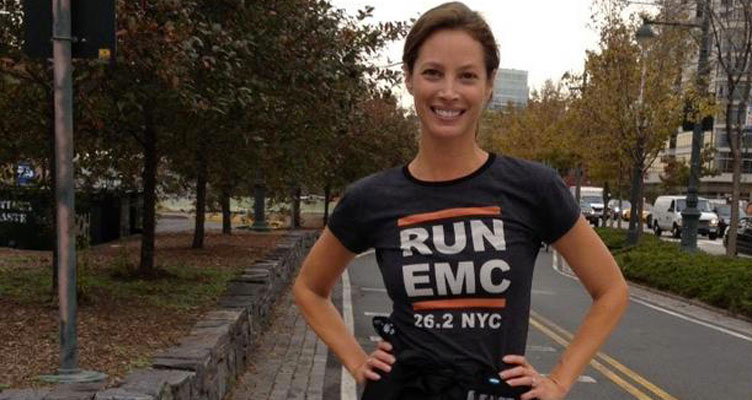
More recently, a partnership was ignited with supermodel turned philanthropist, Christy Turlington through Twitter. You can read the almost unbelievable story of the partnership here. Oiselle is now the sponsor of Team EMC (Every Mother Counts, Turlington’s foundation) and donates 40% of proceeds from their EMC collection to the charity. Christy is a well-known figure here in the United States, so this partnership was a huge and surprising bolster to Oiselle’s “community” manifesto.
It’s obvious that both of these influential women have a huge impact on the Oiselle marketing strategy. But both the partnerships with Fleshman and Turlington were genuine connections first. The benefits of their influential power came second. Implementing a successful influencer marketing strategy is tough to fake. You can do it well, or you can totally botch it.
Oiselle exemplifies an effective ecommerce marketing strategy by focusing on building up their community. Defining different ways and messaging to reach that goal is what their marketing strategy accomplishes. They continue to build a strong community of women and have become a positive voice for women athletes and women business-owners. And it’s clear to me that the manifesto is genuine.
Oiselle continues to scale, and opened their first brick and mortar store in Seattle this past summer. They had sales of about $10 million in 2014, and have experienced a hundred percent growth rate every year for the past four years. (source)
Keep up with the Oiselle team via Twitter: founder Sally, partner Lauren Fleshman, and influencer Christy Turlington-Burns.
More Influential Women Ecommerce Founders
These are just a few women founders of many successful ecommerce businesses. Let me know in the comments below what other ecommerce owners and founders inspire you. I’d love to hear your feedback!






